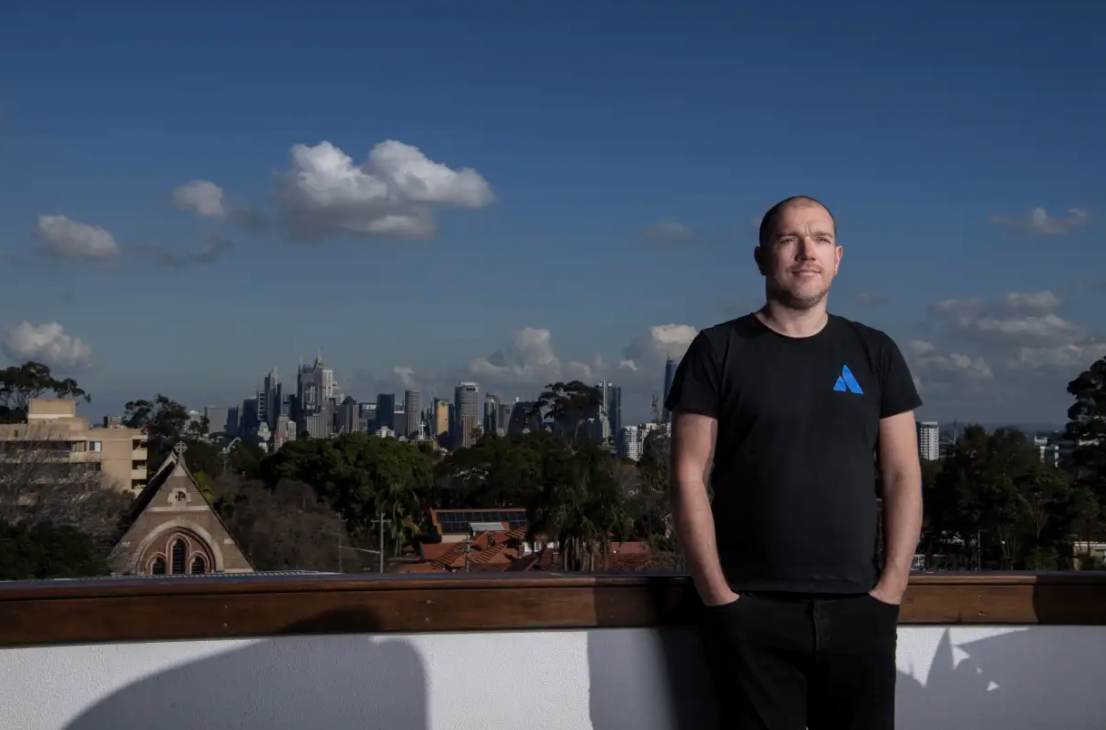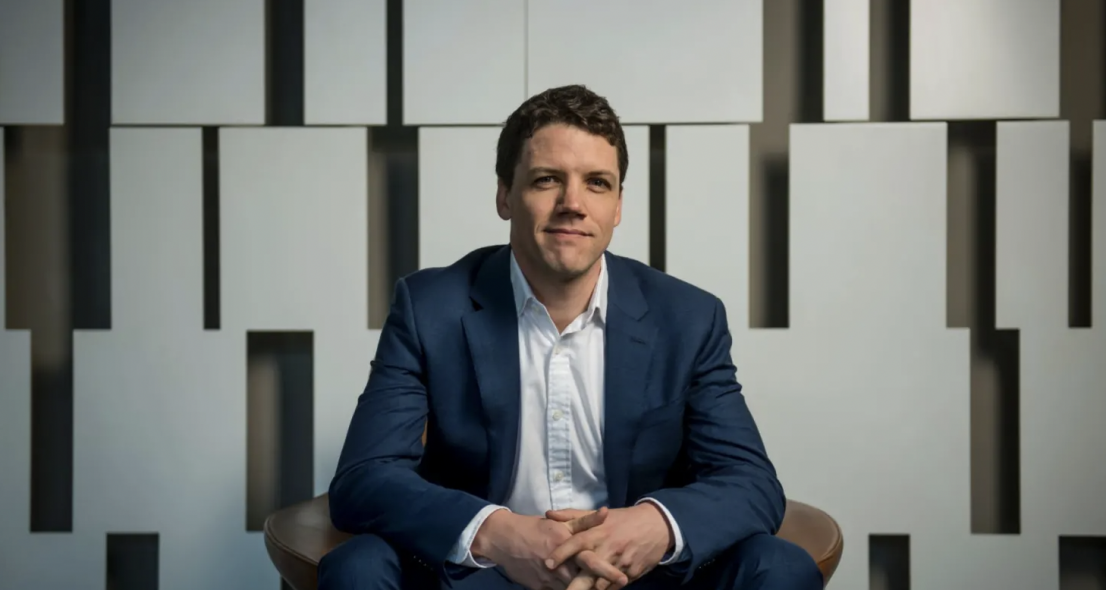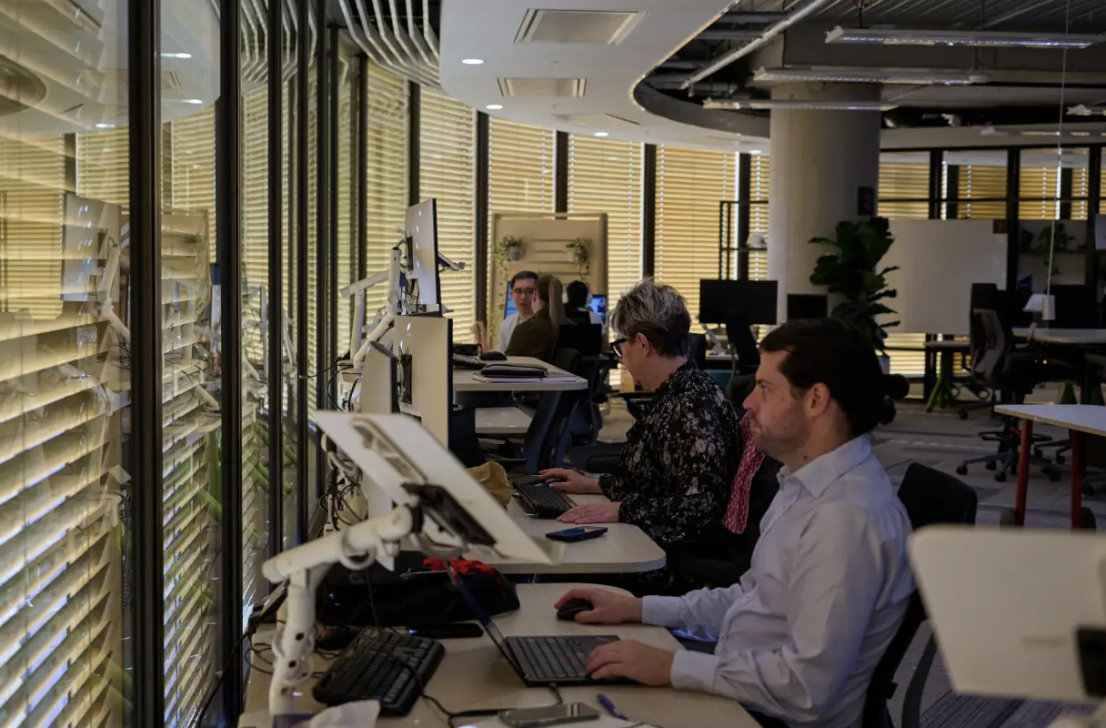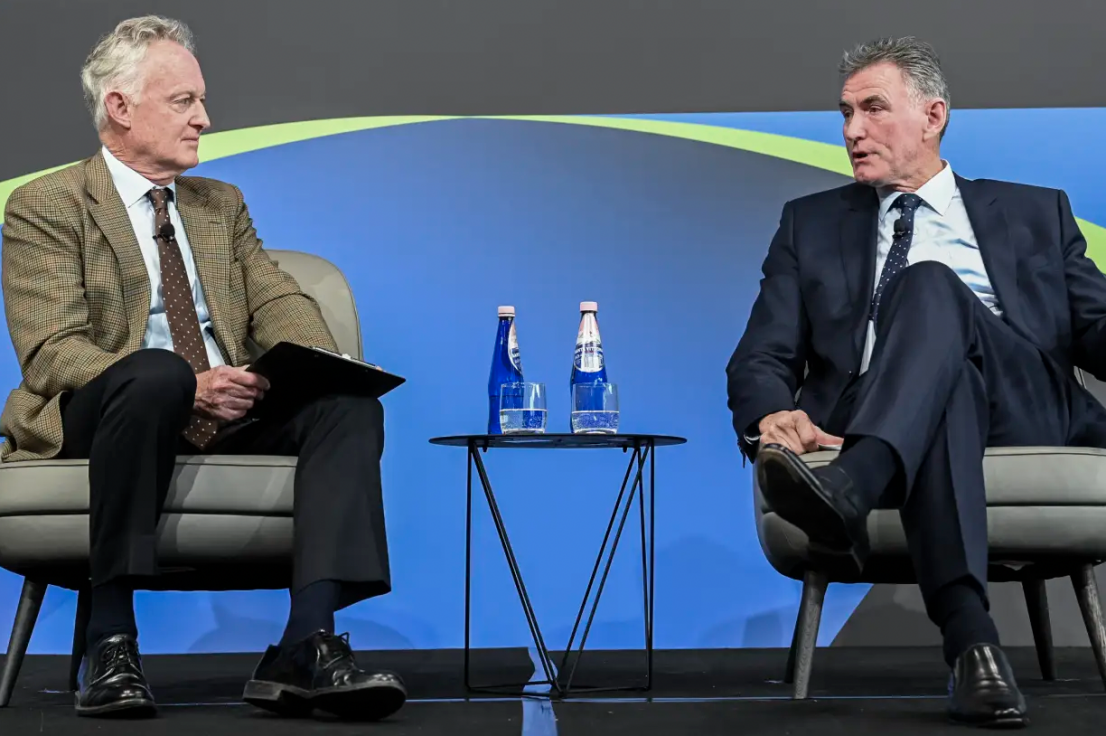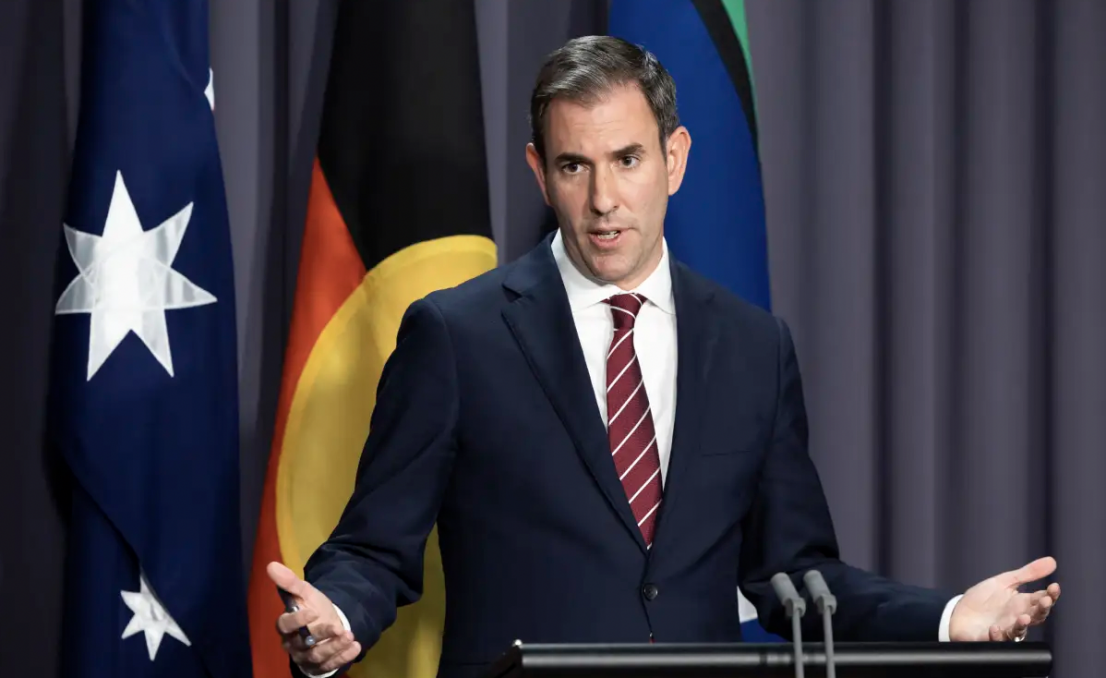
A common mistake employers make is thinking that because their industry isn’t inherently ‘fun’, that there’s no place for play at work. This expert couldn’t disagree more.
Now is the perfect time for organisations to rethink their engagement and motivation strategies, says Lindsay McGregor, co-founder of Vega Factor and employee engagement and motivation expert.
“[We need to ask], what do we stand for? How can we ensure our roles are motivating and that the work is engaging? And then use that information to strengthen our teams,” says McGregor, who is also formerly a consultant with McKinsey & Co.
Organisations have spent a lot of time thinking about purpose over the last decade, she adds.
“That’s important, but when you look at the data, you find that play is about twice as powerful as purpose in driving performance. But it’s something very few of us have learned about.”
A lot of organisations think about play in a social sense, she says. For example, introducing something fun, like a company happy hour. However, McGregor says we need to think about how to infuse play into the work itself.
“That’s the next wave of employee motivation for organisations to think about.”
Embracing experimentation at work
The first step in embracing a culture of play and experimentation is to reconsider how your company approaches culture.
“Most people think building a strong culture is just about people not being a jerk – that the leader just has to be a good person. But it’s often not about that. It’s about the leader designing systems that let their people do their best work. Too many of those systems are built without play in mind and too many of them are built in a way that uses emotional or economic pressure to drive people.”
McGregor admits that a culture that embraces ‘play’ might seem difficult or far-fetched for some employers, especially if you work in an industry that you wouldn’t consider to be inherently ‘fun’. But that’s not what play is about.
It’s about giving people the opportunity to experiment, she says.
McGregor refers to a 2016 experiment she ran with her co-founder, Neel Doshi, with the branches of a retail bank.
“At the time, a huge scandal had erupted in the United States after Wells Fargo discovered its sales representatives had opened millions of fake accounts for its customers, because sales pressure was so high.”
Bank representatives would input their own contact details into the system, she says. That way, if someone from the bank’s customer service team called to check in on the ‘customer’, that employee would pretend to be them.
“You would think this was just a couple of bad apples, but it was massively widespread. When you look into the science of motivation, when people feel under intense stress [they think], ‘If I don’t do this, I’m going to get yelled at in front of my peers, or I’m going to get fired.’ If they see everybody else around them doing it, then it becomes the norm.”
This demonstrated that the levers we often pull to motivate people to work hard, including financial incentives and emotional pressures, can be dangerous. It prompted the retail bank to reconsider its own approach.
“It had to figure out a way to get its people to be highly motivated without sales commissions. That felt impossible to them, but once we explained the science of motivation, they saw that when somebody treats you transactionally, you treat them transactionally,” she says.
When relationships are transactional, people can feel resentful and they stop going above and beyond, she adds.
“If you yell and scream or punish people, they’ll default to tactical work. They’ll follow instructions and execute what’s on their to-do list, but they won’t go beyond that. They won’t bring creativity. They won’t help others.”
“Growth shouldn’t just be about status, rank or your title.” – Lindsay McGregor, co-founder of Vega Factor
Doshi and McGregor helped the bank to think about motivators differently.
“We said, ‘Let’s get rid of the economic and emotional pressures that come from commissions and instead talk about play, purpose and potential.
“To find play, the staff would get together each morning and think about experiments they could run. They’d say things like, ‘There’s usually a long line for our customers, which frustrates them, so how could we help them get what they need without standing in a line? Or make the process of standing in a line a little more fun?’
“The next day, people would share what worked and what didn’t. Not only did this make work more fun, it also scaled learning across the organisation.”
Next, they focused on their branch’s purpose, which was to improve the financial health of their community.
“They’d tie what each person was working on to their branch goal. That meant people didn’t feel like they were just showing up to collect a paycheck.”
The combination of these three elements, and the absence of emotional pressures and inertia, is what McGregor and Doshi call a ‘TOMO culture’ – meaning a total motivation culture.
Rethinking growth opportunities for employees
The third element, potential, is about helping individuals to constantly grow.
“When people change jobs, they often say, ‘I needed a new challenge.’ People leave jobs when they’re not growing new skills,” says McGregor.
That’s why it’s so important to facilitate learning and growth opportunities. However, a lot of employers make the mistake of assuming this means simply offering promotions, says McGregor.
“Growth shouldn’t just be about status, rank or your title,” says McGregor. “In the retail bank, we found it was about people saying, ‘I want to learn how to make personal finances easy to understand, so let me build my skills in teaching.’
“Another person might choose something like developing their empathy, so people feel comfortable opening up about sensitive financial matters. Those are the kinds of skills that stay with you for your entire career.”
She also suggests thinking about learning opportunities differently. They don’t always need to be formal programs or webinars; it can happen on the job. For example, if you have people who are looking to develop the same skill, they could sit with one of your executives who can teach it to them.
“One leader we worked with was phenomenal. She started her career as an engineer, and then moved into customer service and became the head of customer service for one of the fastest-growing startups of all time.
“She realised she was great at customer service because she could see what was going wrong with the tech and realised that not everyone else knew how to investigate what was causing the bugs. So every Thursday she hosted a 30-minute Zoom call where people could log in and just watch her solving tickets [customer enquiries]. That was something she was going to do anyway and it was a really effective way to upskill people. So ask yourself how you’re offering teaching moments like that.”
Does everyone feel they add value?
While McGregor says employees should try to identify their own play elements at work, she says a lot of that responsibility lies with employers, as they’re designing the work experiences that their people will either flourish or flounder in.
“Think about what demotivates people at work. It’s often things like budgeting or performance review processes. Or the way they try to solve problems might feel horribly slow or full of bureaucracy. Those things can suck the play out of work.”
“To feel truly engaged, people have to feel that if they don’t show up to work tomorrow, something they care about isn’t going to happen.” – Lindsay McGregor, co-founder of Vega Factor
To identify these play-sucking elements of work, she suggests thinking about where people might feel like they’re not adding value. What are the tactical tasks required in your organisation – such as administrative functions – and who is doing the bulk of them?
If you notice a portion of your people are consistently engaging in tactical work and not getting the opportunity to jump into adaptive work (tasks that require expansive thinking and problem solving), in some instances, that should be treated as a red flag.
“When I think about the Great Resignation, that’s one of the first things I think about: where do people feel replaceable?”
She refers to an example of an engineering firm that was concerned about losing its talent, so it constantly rotated its engineers onto different projects, so everyone knew how each project worked. While there’s certainly an argument to be made for diversifying knowledge across teams, in this instance it made all the engineers feel replaceable.
“So they switched things up so each engineer could own a unique problem, and that made a big difference.”
This isn’t to say tactical performance is a bad thing. It certainly has its time and place.
“Tactical performance will reduce people’s stress and emotional pressure. It’s really important to have good tactical performance for your team to feel organised [and] they don’t have to waste time reinventing the wheel.
“If you’re working on invoicing, for example, the tactical work would be about having a process that you follow, but the adaptive work might be asking: ‘What are the three big opportunities for us to improve how we do invoicing? What’s a creative way we can fix our problems?’
“When a culture is high in total motivation, people feel a lot of play, purpose and potential for the actual work that they’re doing. So that’s not saying, “I work for a great non-profit, but I hate my job as an accountant,’ but being able to say, ‘The day-to-day work I’m doing as an accountant gives me play, purpose and potential.’ When you’ve done this, you’re able to motivate people to do both the tactical and the adaptive work.”
It’s about employers taking the time to ask: “Does everybody have an interesting, meaningful problem to solve?” she says.
“[That means a problem] where they can come up with ideas and experiment with those ideas. So many organisations have big, grand mission statements, and those are important, but to feel truly engaged, people have to feel that if they don’t show up to work tomorrow, something they care about isn’t going to happen.”



